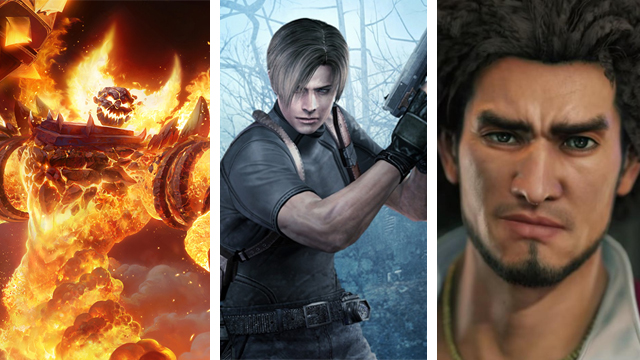When Yooka-Laylee was originally announced on Kickstarter it was largely positioned as a rebirth of the 3D platformers of yesteryear. There was clearly a market for it as it smashed its original goal and raised enough money for free DLC to be made and local multiplayer to be added. When it was eventually released, people were largely lukewarm on it because of its dated presentation and…

Atlas is an action-rpg with rogue-like elements where you use your ability to control the ground to fight the enemies and move through procedurally generated worlds.










